I noticed House Wrens flying back and forth through the yard a couple of days ago and thought I would see what was going on. They were nesting in an older Bluebird house in the yard. Both adults were bringing food to the young in the house. It appeared that a large portion of the food brought in were Daddy Longlegs and amazingly the legs were all moving on them going to or into the house. Earwigs, caterpillars and other insects which are also known to be foods for the House Wrens were also gathered. Unfortunately I was not there at the time when the young left the nest, it would have been exciting to see that!
House Wren
Binomial name: Troglodytes aedon
Category: Wrens
Size: 4.75” long, 6” wing span
Weight: 0.39 Oz.
Habitat: Open forests, woodland edges, farms, city parks, backyards and residential areas. In winter months they are a more secretive bird spending time in thickets, brushy areas, hedgerows and underbrush. Breeding area is most of the US except the south and southern parts of Canada too.
Diet: Typically they prefer insects, daddy longlegs, earwigs, caterpillars and some flying insects as well. They are known to also eat snail shells to help with digestion.
Nesting: House Wrens will use tree cavities, nest boxes, and sometimes odd places such as mailboxes or fence posts for nesting sites. They are known to use old nest cavities form other birds and despite their size chase out other nesting birds for a nest site. They bring small twigs into a nest hole or cavity. The nest cup is lightly lined with grasses, string, hair, plant material and feathers. The female incubates 3-10 eggs for 12-19 days, sometimes 2 broods. The male brings food to the female, they both feed the young. Partners split up after raising the young and find new partners the next year.
Cool fact: Twigs are used for either foundation for the nest cup or used to pile in front of the nest hole opening for predators, cowbirds or weather protection.
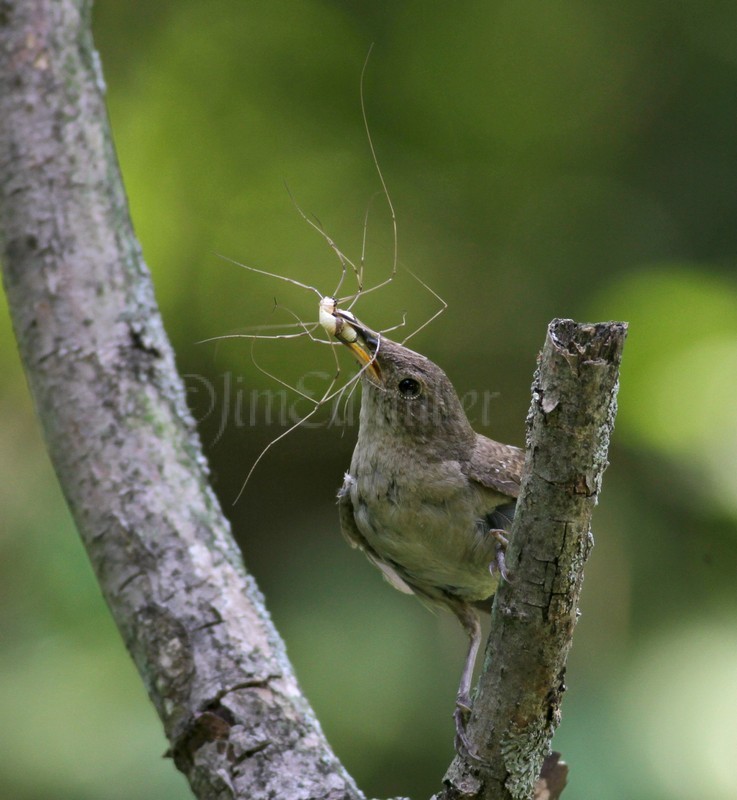
House Wren with a live Daddy Longlegs on its way to the nest. Interesting how when they have the Daddy Longlegs in their bills and alive that their heads are turning and moving as the Daddy Longlegs are fighting to get away!

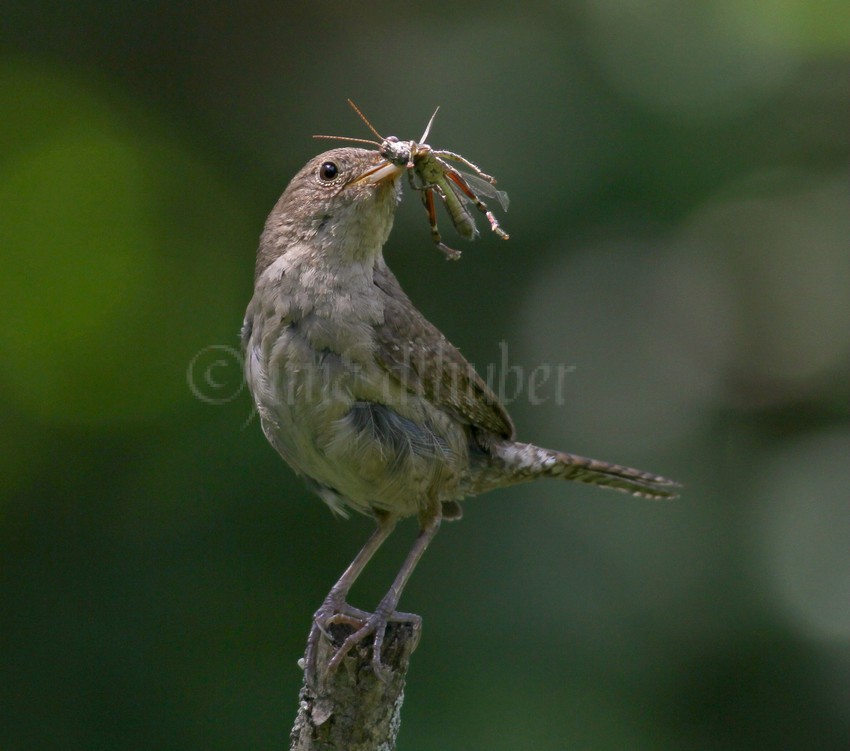
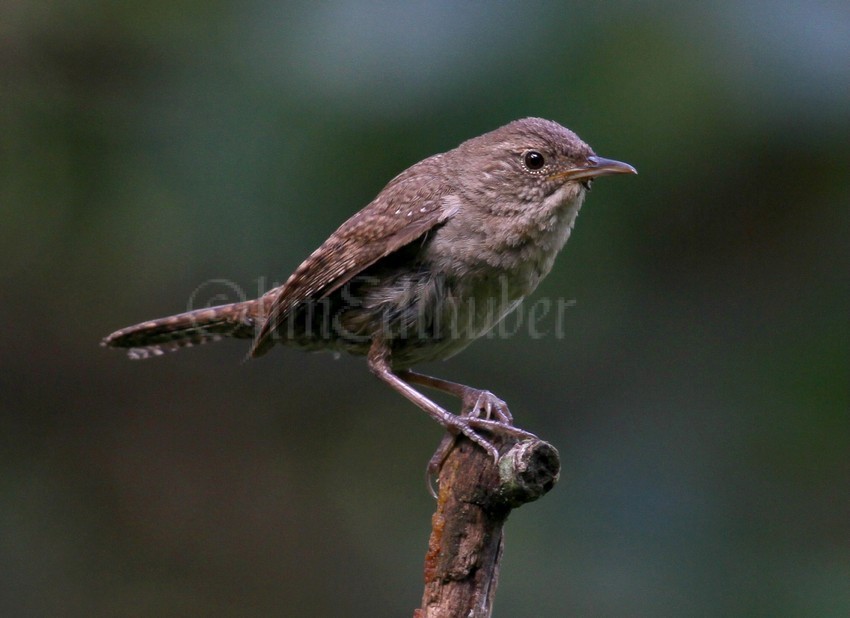
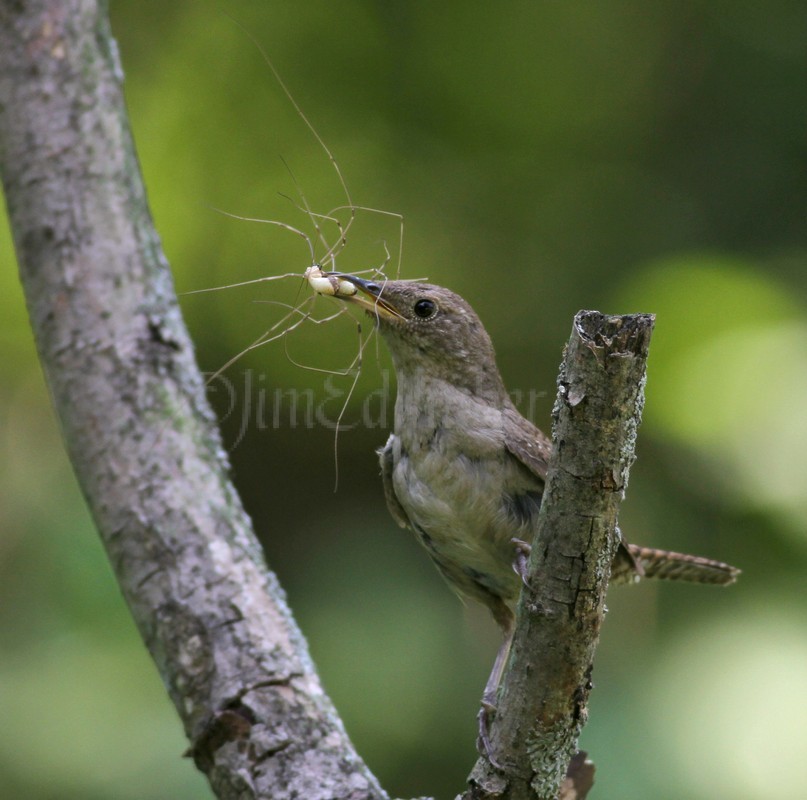
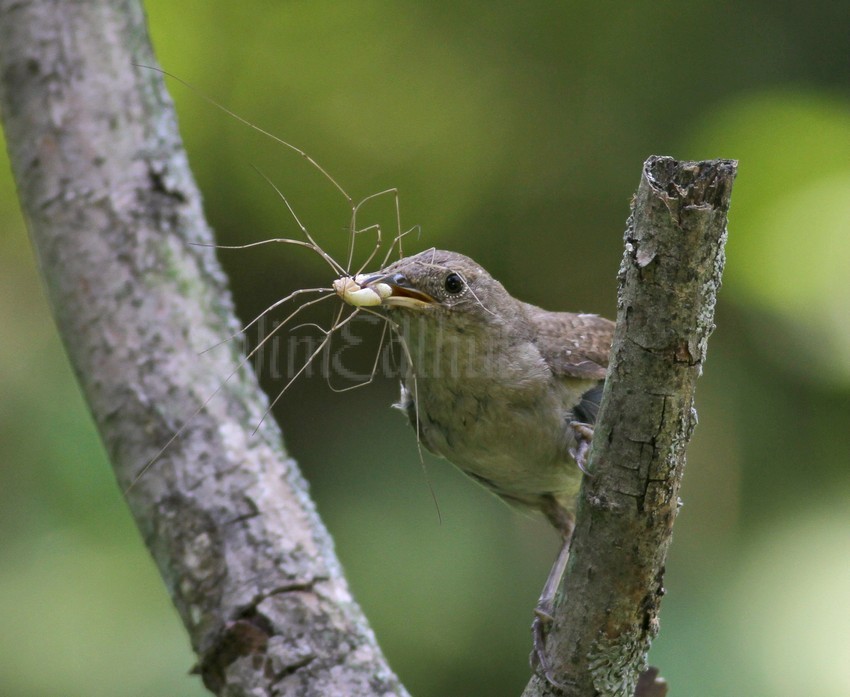
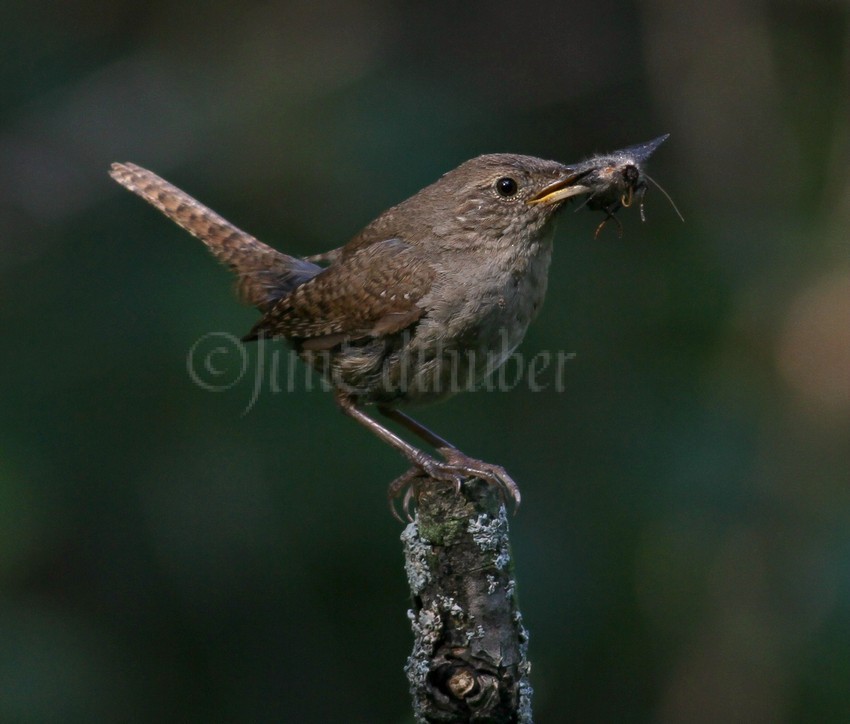
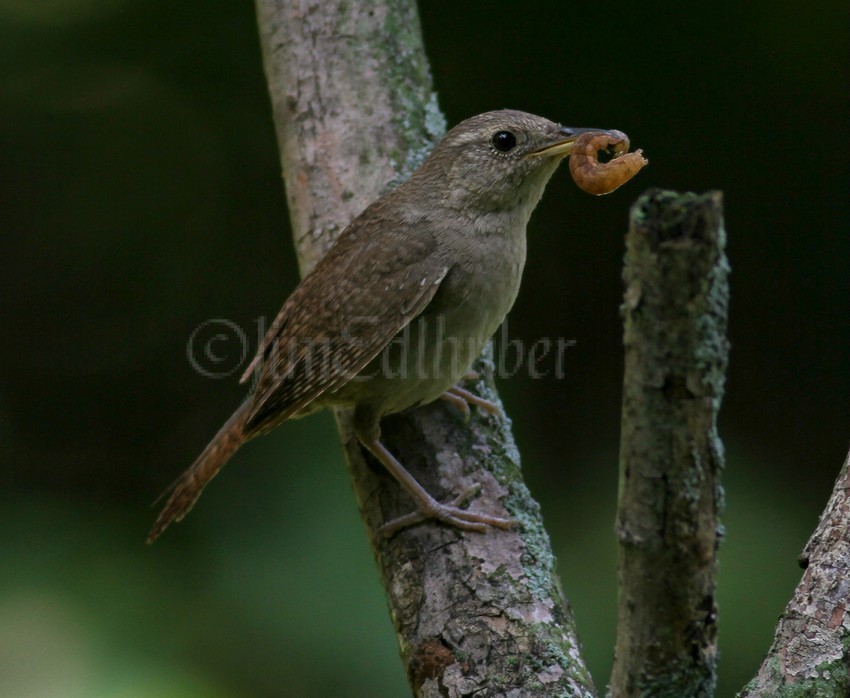
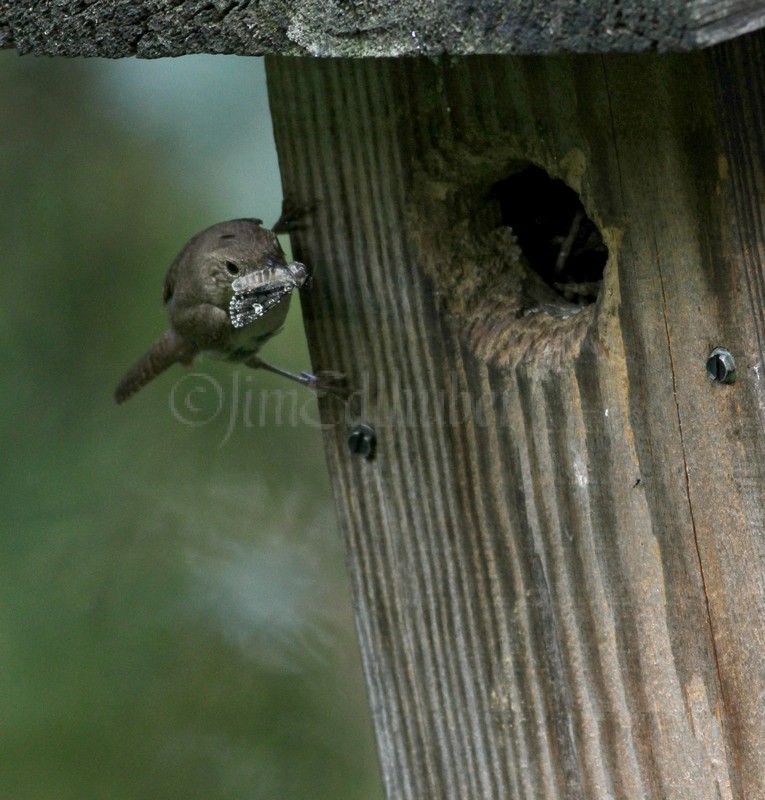
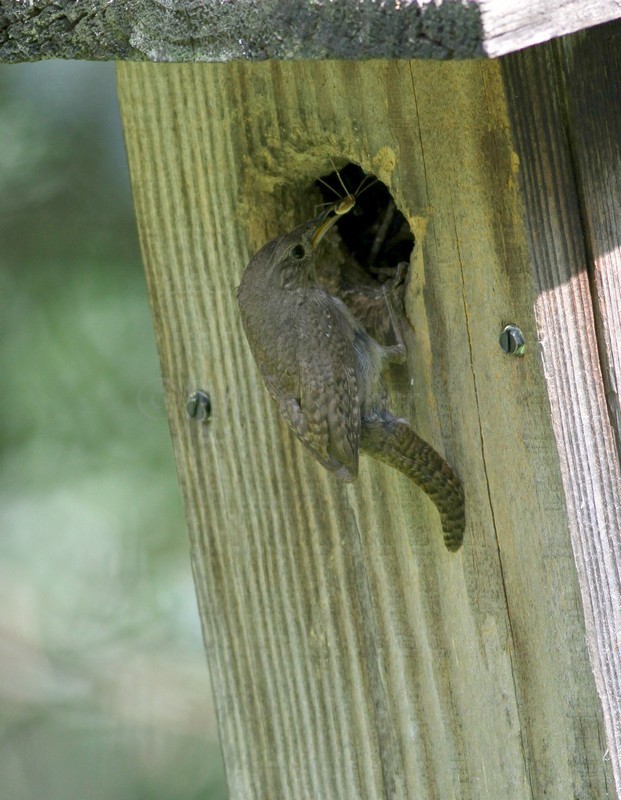
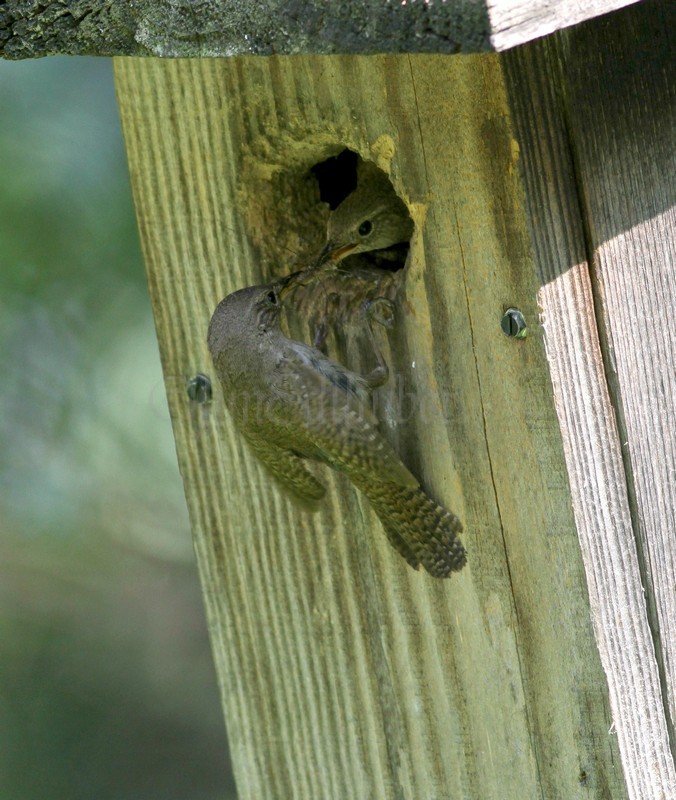
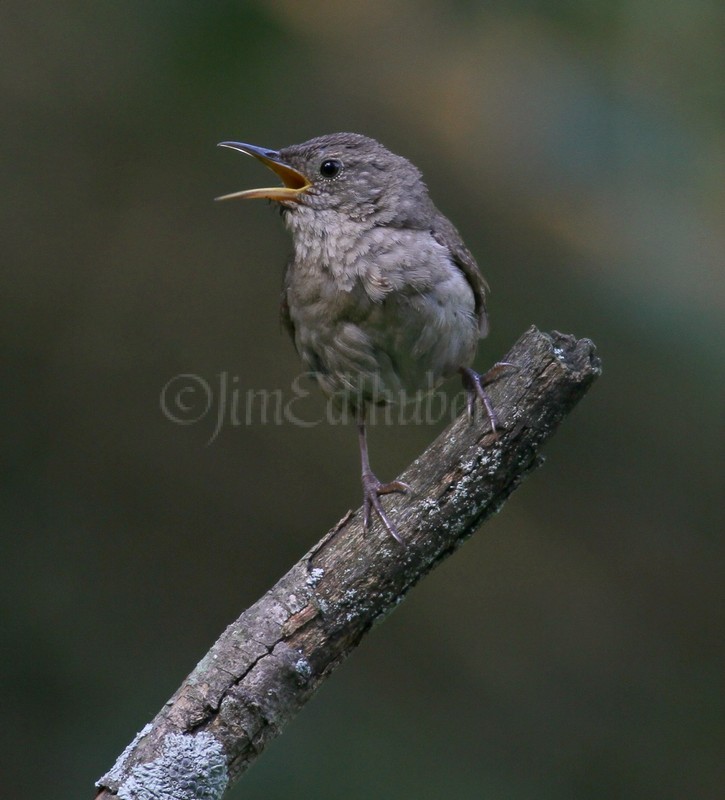
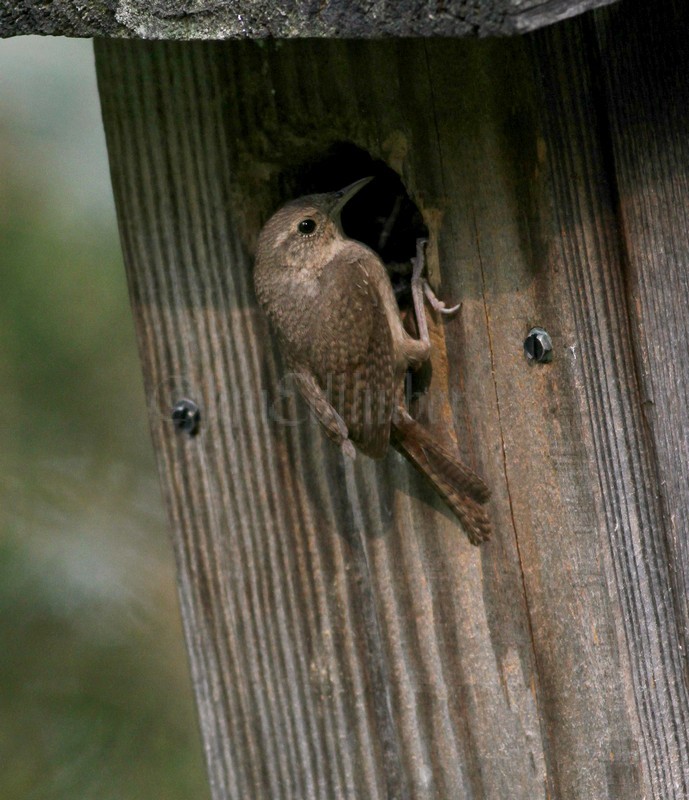
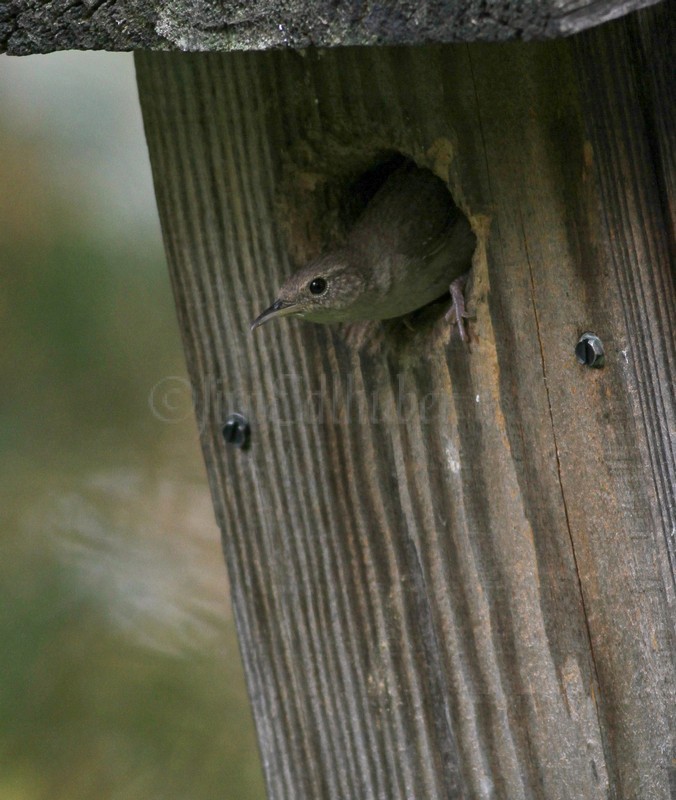
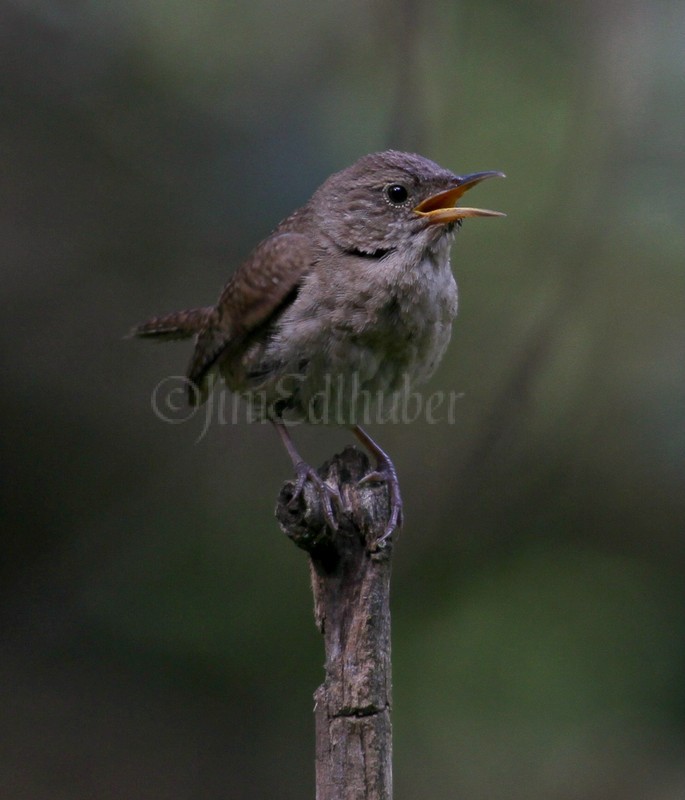
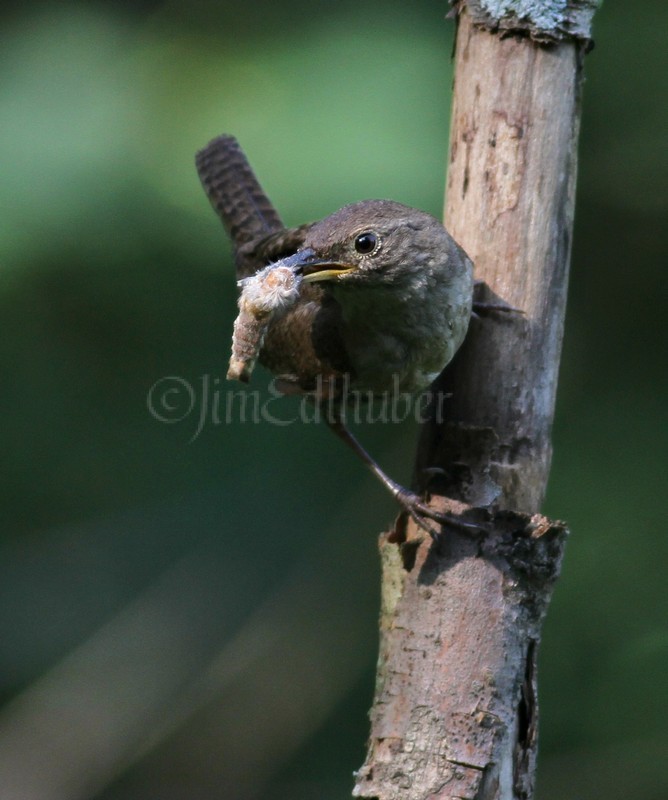
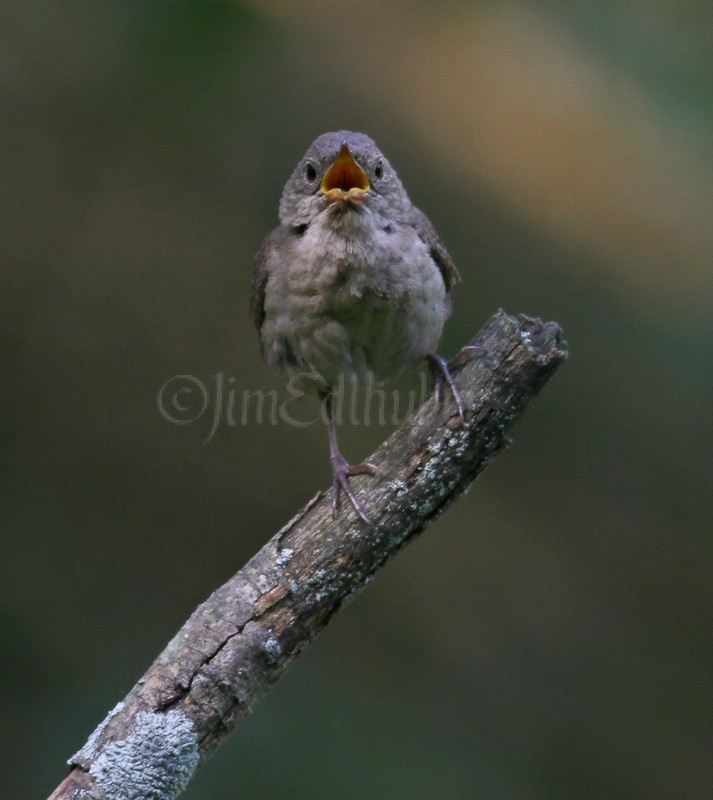
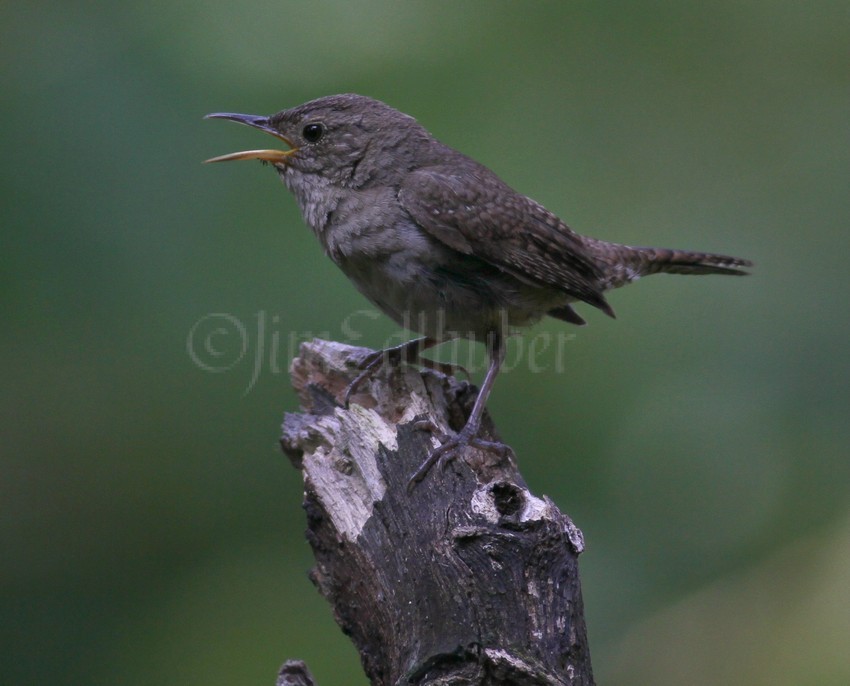
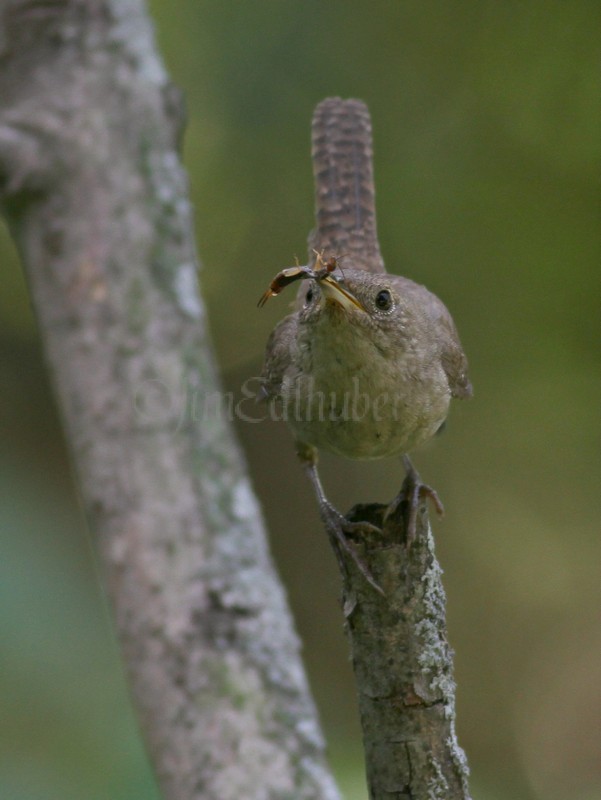
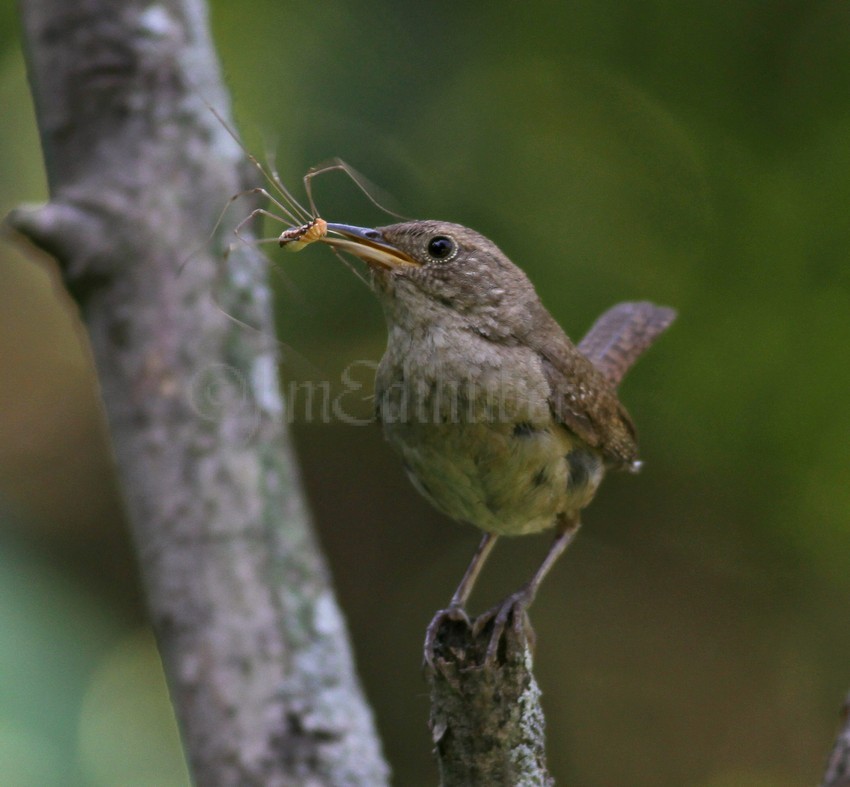
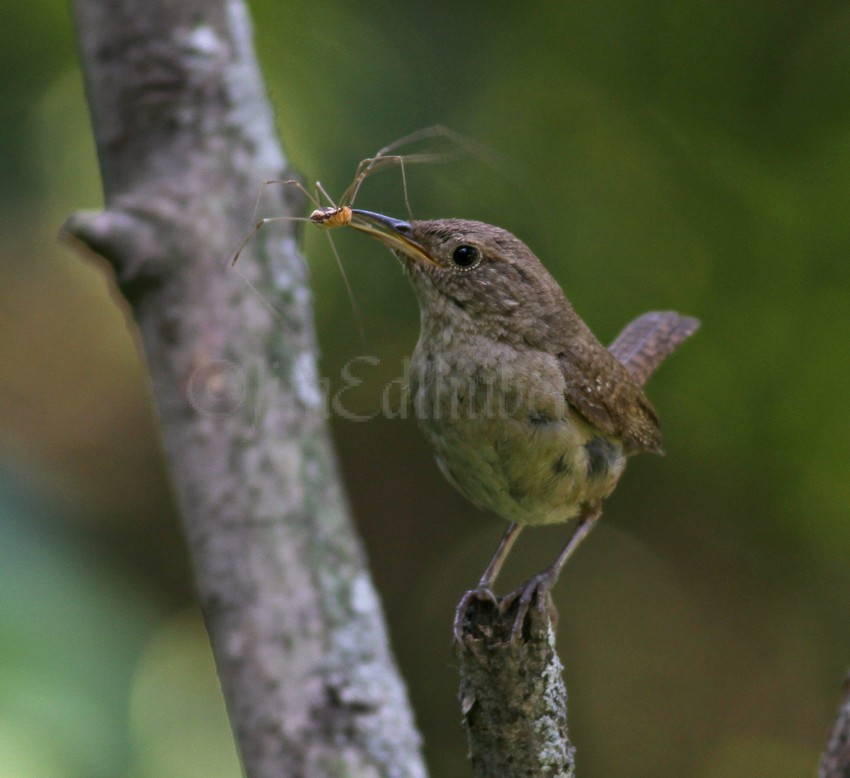
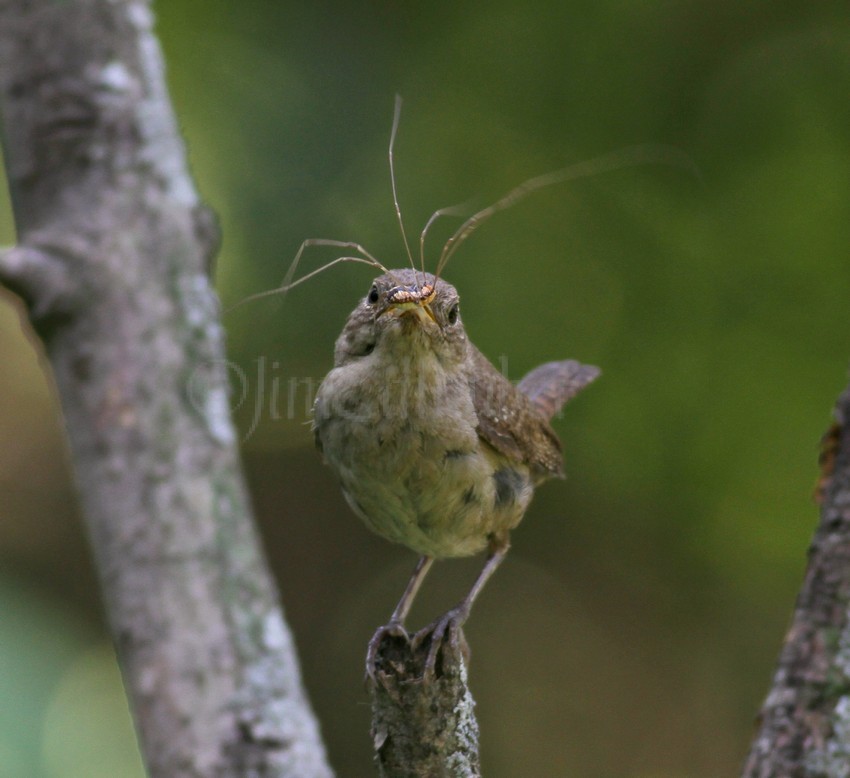








This is very interesting and informative. I am just learning about the different birds and find this helpful with the picture to identify the birds.
Holy Moses, that’s some good shootin’, Tex!!! GREAT insect captures!!! Great wren shots! (did you catch the UFO flyover, too?!)
Thanks again, Jim, for sharing your pics with the world. We currently have a nesting wren in a bluebird house and as annoying as the wren can be at times, it is a pleasure to watch their every move. Did not realize the “grub” they were catching. Your pictures are proof of what they desire.
Fantastic shots with beautiful detail of the insects.
Thank you, Jim.
This tiny little mite of a bird has just the right tool in that beak to gather an amazing variety of choice morsels – alive and lively alright! And those tiny feet look like they offer great traction and stability. The head-on shot with mouth open suggested a possible belch – but then birds never do that…
Elaine
Amazing as always Jim! The Daddy-longlegs gives a good perspective to the size of the wren. I always look forward to seeing your latest pictures.
You can earn some additional bucks from your blog, i see couple
opportunities here. You should search in google for:
Yoogurn’s money making